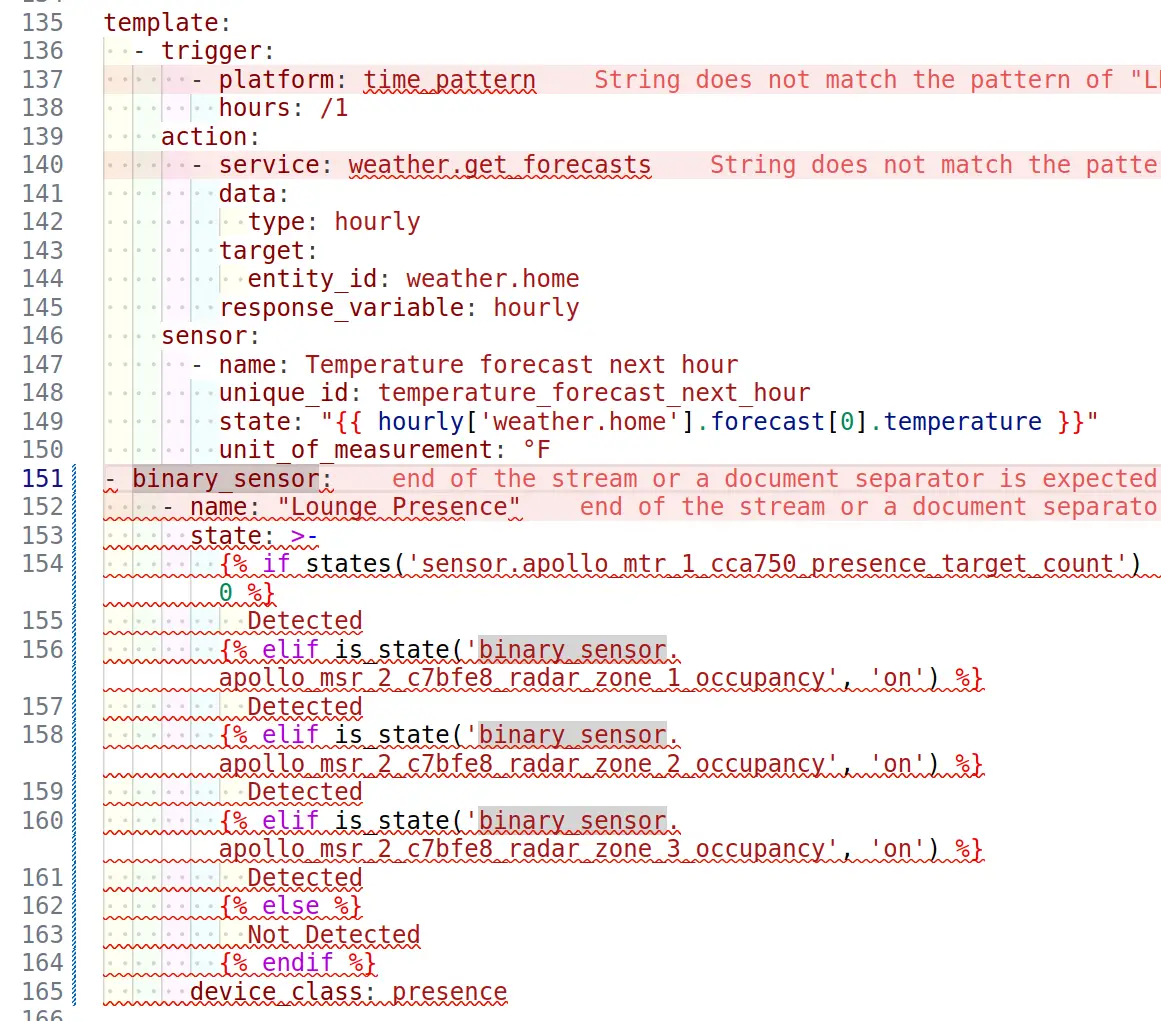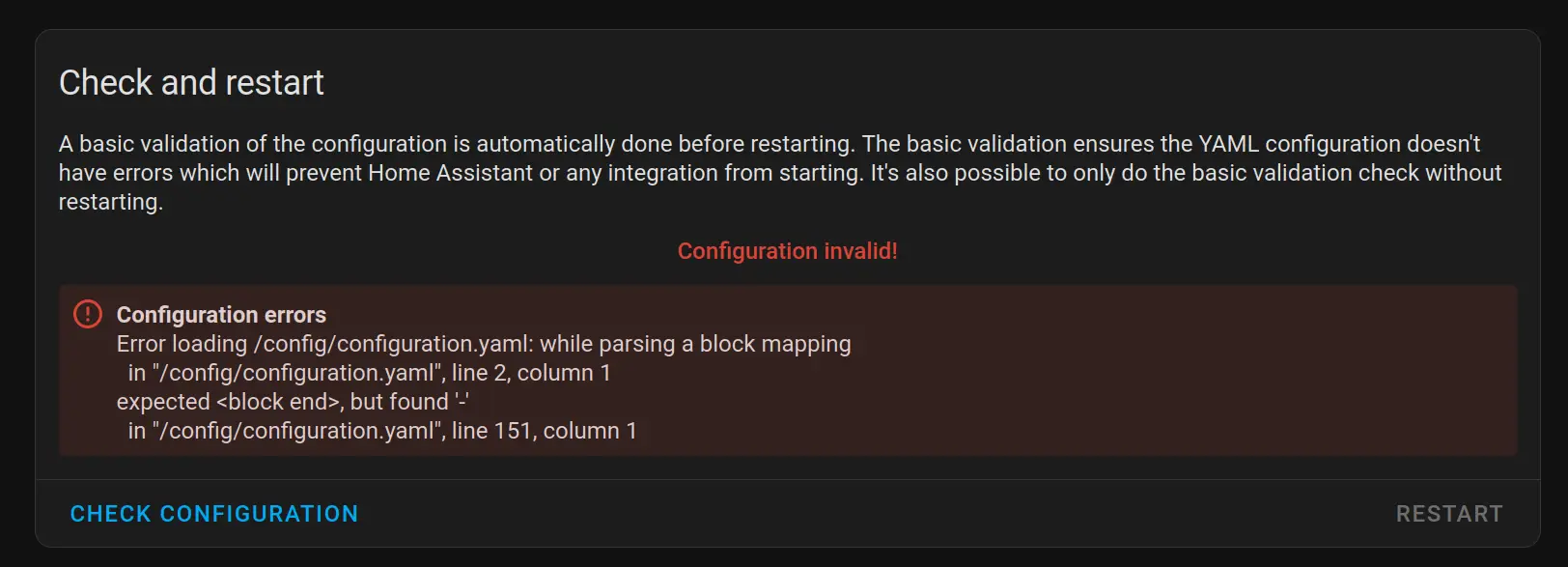

Using your own domain definitely makes it easy to get back up by just switching providers. But what about all your historical emails? If your original provider goes poof, what’s the plan? I connect via IMAP, so all my emails are stored on the provider’s servers, right? Or do email apps keep local copies, too?
Are there backup services for emails? I seem to recall Outlook having some kind of archive feature (I haven’t used outlook in decades), but I think I remember it was only recoverable in outlook and even then, it was a pain to search for a particular email.








Thanks, @[email protected]!